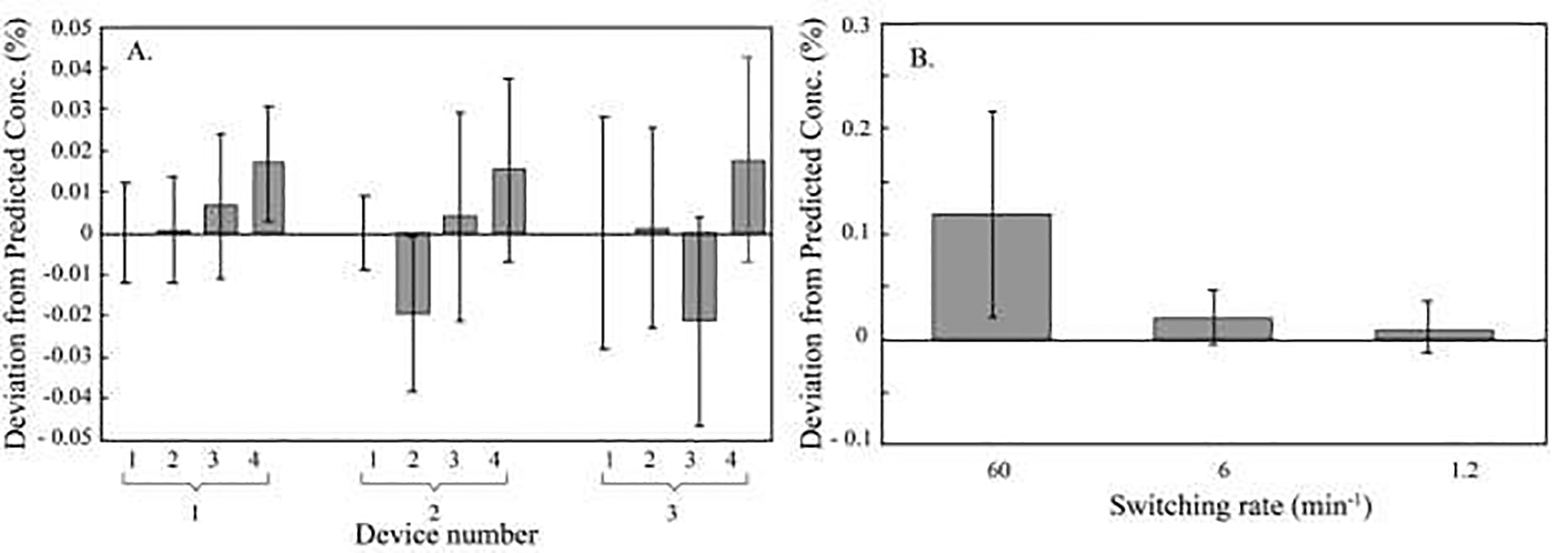Figure 4. Capability of a multiport valve to formulate mixtures as determined by inductively coupled plasma - optical emission spectroscopy (ICP-OES).

A) Deviation between expected and measured metal content from ports one through four relative to port one for three microformulators. To test the capabilities of the valve for formulation, mixtures were made from five inputs dispensing either dilute metal standards or a blank (4% nitric acid) and the composition of the resulting formulations was compared. For analysis, ICP-OES was performed for Y (port 1), Ba (port 2), Cd (port 3), and Ag (port 4) at 371.029 nm, 233.527 nm, 214.440 nm, and 328.068 nm, respectively, on an Optima 7000 DV. B) Deviation between expected and measured metal content at three switching frequencies. To test valve aptitude for formulation at different switching frequencies, effluent from an input holding a Ba solution (20 ppm Ba, 4% nitric acid) was sampled and mixed with a blank (4% nitric acid) at different valve switching frequencies (60, 10, and 1/min), collected and assayed for Ba content using ICP-OES at 455.403 nm. Data are represented as means and standard deviations, n=5, from three microformulators in ambient conditions.
